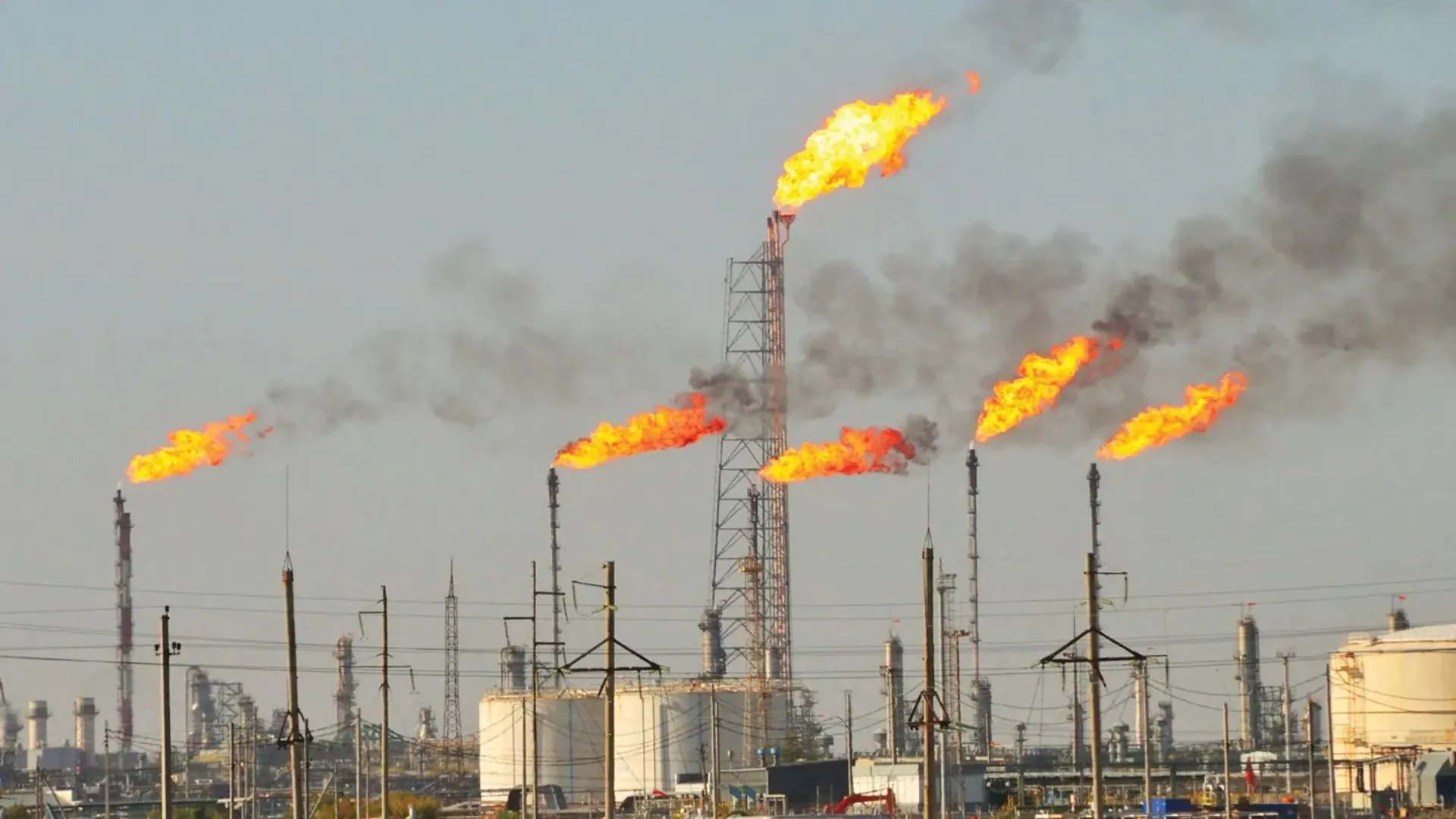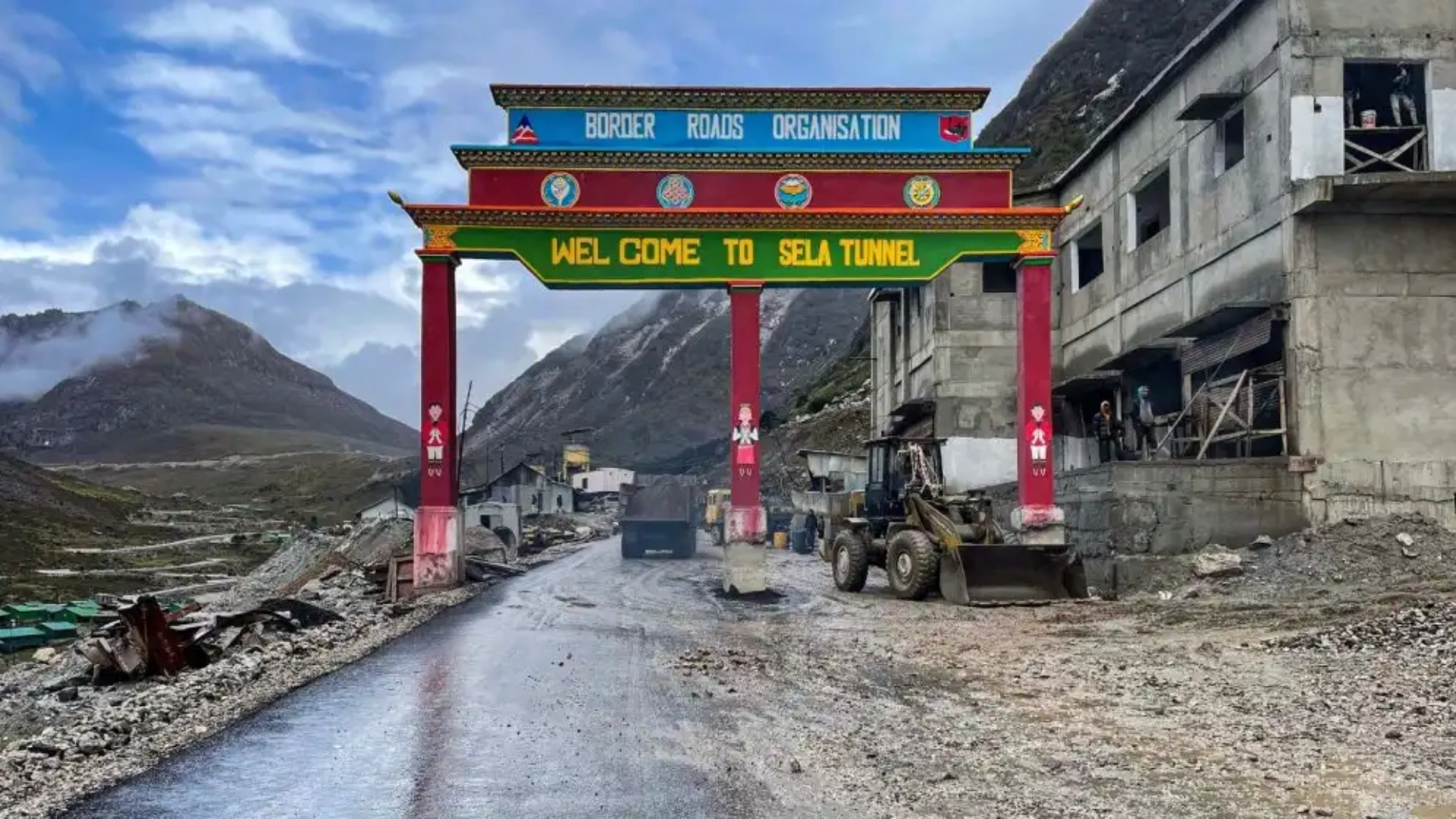We are standing on the precipice of climate change, with the globe warming up every year, crossing the threshold of temperature rise set under the Paris Agreement which was to keep the rise in temperatures “well below” 2°C as compared to the pre-industrial levels.
This rise in temperature would have a catastrophic impact on the planet and would render anomalies in weather conditions, with a significant rise in sea levels and, at the same time, severe droughts in other.
The question is what lies at the heart of this problem. The simple answer to this would be the trapping of heat, due to various reasons, be it GHG emissions or the concrete jungles that we have built for ourselves that have impacted the heat budget of the globe.
The most immediate threat to our ecosystem is posed by something that is colorless and odorless and has the capacity to trap massive amounts of heat in the atmosphere, methane, or CH4.
Although the fuss is all about the carbon emissions, but the interesting fact is that methane traps almost 84 times the heat carbon CO2 traps, and the major source is fossil fuel emissions. The only difference is that Methane fades away from the atmosphere in almost about a decade and Carbon takes centuries to follow the same processes. Thus, carbon is still the main contributor to the warming of the globe, but methane, even in its short lifetime, can have a catastrophic impact, and it has been responsible for almost a third of global warming caused since the industrial revolution.
Main sources of Methane emissions
Methane can indeed originate from natural sources, such as wetlands, which include permafrost. Permafrost is frozen ground that holds carbon from decomposed plants and animals dating back hundreds of thousands of years.
As global temperatures rise due to climate change, this permafrost begins to thaw. This process releases the carbon stored in the ice, primarily as CO2 and methane.
However, human activities contribute to 60% of the methane emissions in the atmosphere. This includes methane from agricultural sources—such as cows and manure fertilizer—as well as from decomposing waste in landfills and emissions from the energy sector.
How does producing energy release methane?
Most of the energy consumed by us is in the form of oil and gas and these are the main sources of methane emissions in the energy sector as well. This greenhouse gas leaks or pours through in the process of being produced, stored, and transported, and most of these emissions happen unintentionally due to faulty equipment and leakage.
Other than the above, methane also escapes into the environment when oil companies dig for oil, they sometimes find natural gas too. To get rid of this extra gas, they have two main options:
Gas Flaring: This is like setting the bubbles on fire. The gas is burned up, which turns it into a different gas called CO2. This CO2 goes into the air, but sometimes some of the original gas still escapes.
Venting: This is like letting out a few bubbles into the air without popping them. The gas is released directly into the atmosphere. This can happen because processing or moving the gas can be expensive or tricky, or sometimes it’s done to keep everything safe and prevent too much pressure from building up.
How can we keep an eye on these emissions?
Sometimes the solution lies in simple things, oil and gas companies can easily slash their emissions by 75% just by fixing leaks and some simple plumbing as per the International Energy Agency (IEA).
Furthermore, the European Union has enacted laws that now require such companies to keep a check on how much methane they are emitting by following routine measures to curb the leakages, and has also fixed a timeline of 15 days to fix the issue.
The new regulation has put strict limits on flaring and venting. Companies can only vent gas if there’s a serious safety issue. Flaring, where gas is burned off, is only allowed if it’s not possible to either pump the gas back into the ground at the site or move it to another location.
also read: New Research Shows Blood Tests Can Accurately Predict Women’s Heart Attack And Stroke Risk

















